I long resisted the siren call of lomandras as these evergreen, grasslike plants increasingly appeared in highly regimented commercial landscapes and city medians. They are, after all, decidedly not native to North America’s Pacific coast, the flower spikes are often disturbingly spiny-looking and messily ungrasslike, and the most commonly seen lomandras can seem too perfect in both form and color to be real.
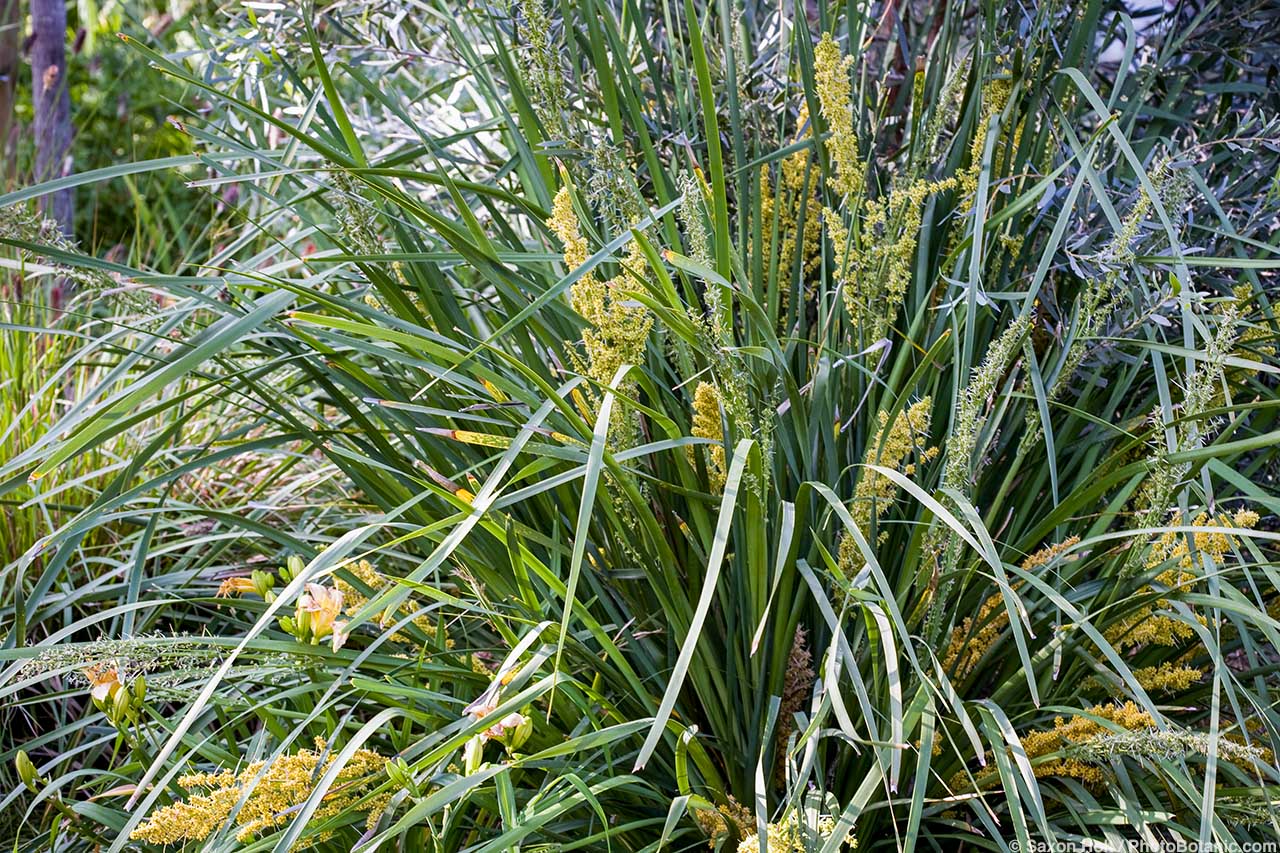
Lomandra longifolia
Watching these plants develop into full form over several years, I searched for incipient tendencies to spread, to flop, or to lose their attractive form or color. Nowhere did they change much over time and they did not seem to spread at all.
Eventually I installed multiple plants of several cultivars in my own garden, just to see for myself. I quickly learned that there is a lomandra for almost every situation and, blended into the garden instead of arranged in soldierly rows, they look quite at home with natives and other low-water plants.
Lomandras are strap-leaved perennials from rhizomes, not grasses at all but grasslike enough to serve similar purposes and to be of no interest to deer. Species are native to varied eastern Australia habitats, from semiarid to rainforest, and many are content in sun or part shade and in wet or dry soils. All are somewhat tender, rated for climates as low as USDA zone 8.
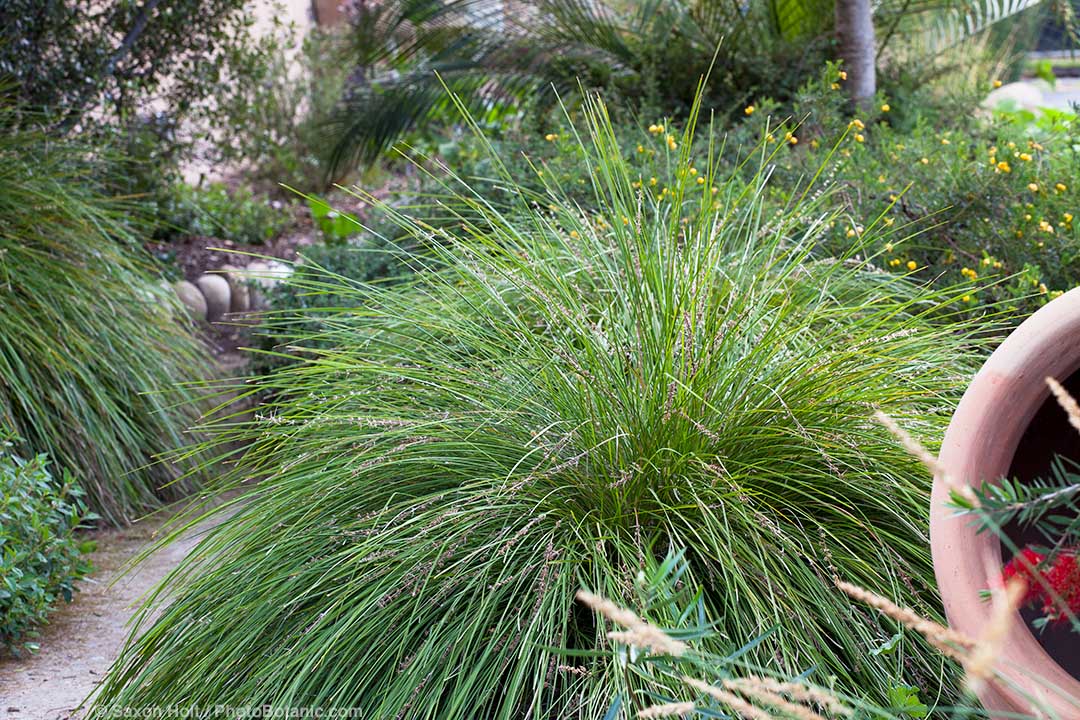
Lomandra longifolia Breeze
Lomandras most common in the North American nursery trade are selections or hybrids of just four of the fifty-plus species or their subspecies. Most cultivars are male plants that produce no seed and have bracts that look viciously spiny but are not. Leaves are strap-shaped and range from extremely narrow and grasslike to half an inch wide or more and from dark green to bluish gray-green and even chartreuse. Flowering stems can be taller or shorter than the foliage clump, and in spring or summer they bear branched or unbranched clusters of tiny, yellow or creamy white, lightly fragrant flowers with noticeably bristly bracts.
Lomandra longifolia, 4-5 feet tall and 5-7 feet wide, has shiny dark green, medium-width leaves and spring flowers in branched spikes shorter than leaves. The species and its subspecies are native along the coast and inland in full sun on streambanks or in lightly shaded, dry forest understory from northeastern Queensland south into Tasmania.
Some of the most commonly planted lomandras are selections or hybrids of L. longifolia. Several are 2-3 feet tall and 3-5 feet wide, a much more manageable size for the average garden. Breeze (also offered as ‘LM300’ or as Tanika) forms a perfectly rounded mound of soft, narrowly linear, lustrous, bright green leaves that sway in the slightest breeze. Platinum Beauty (‘Roma13’) is similar but with variegated green and white leaves that are especially striking in dappled sunlight or high shade. Nyalla (‘LM400’) has fine-textured, bluish green leaves and accepts near-seaside conditions. Lime Tuff (‘Lomlon’, ‘Bushland Green’), with glossy, bright green leaves that some describe as chartreuse, is more upright than Breeze and flowers are hidden among the foliage.
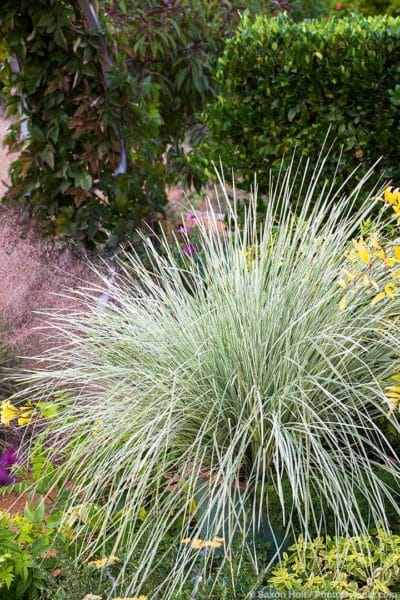
Lomandra longifolia Platinum Beauty
Evergreen Baby (‘LM600’) is another L. longifolia hybrid, this one with L. fluviatilis, but it is often offered as a selection of one or the other of these two species. Half the size of Breeze and with similarly fine-textured, bright green leaves, Evergreen Baby tops out at 18 inches tall and wide and is commonly known as Baby Breeze.
Lomandra hystrix, 3 feet tall and at least as wide, is native along streams, in sandy soils, and in mountain rainforests from coastal central New South Wales to northeastern Queensland. Its spring and summer flowers, on loosely branched stems, are about as tall as the wide, flat, bright green leaves. L. hystrix is sometimes offered as a subspecies of L. longifolia.
The most commonly available cultivars of Lomandra hystrix are Katie Belles (‘LHBYF’), 3-5 feet tall and wide, and Tropic Belle (‘LHCOM’), 2-3 feet tall and 3-4 feet wide, both with yellowish green leaves. Both accept wet or dry soils and periodic flooding so are good candidates for rain gardens and bioswales. Lucky Stripe (‘LMV200’) and Sunstripe have variegated leaves.
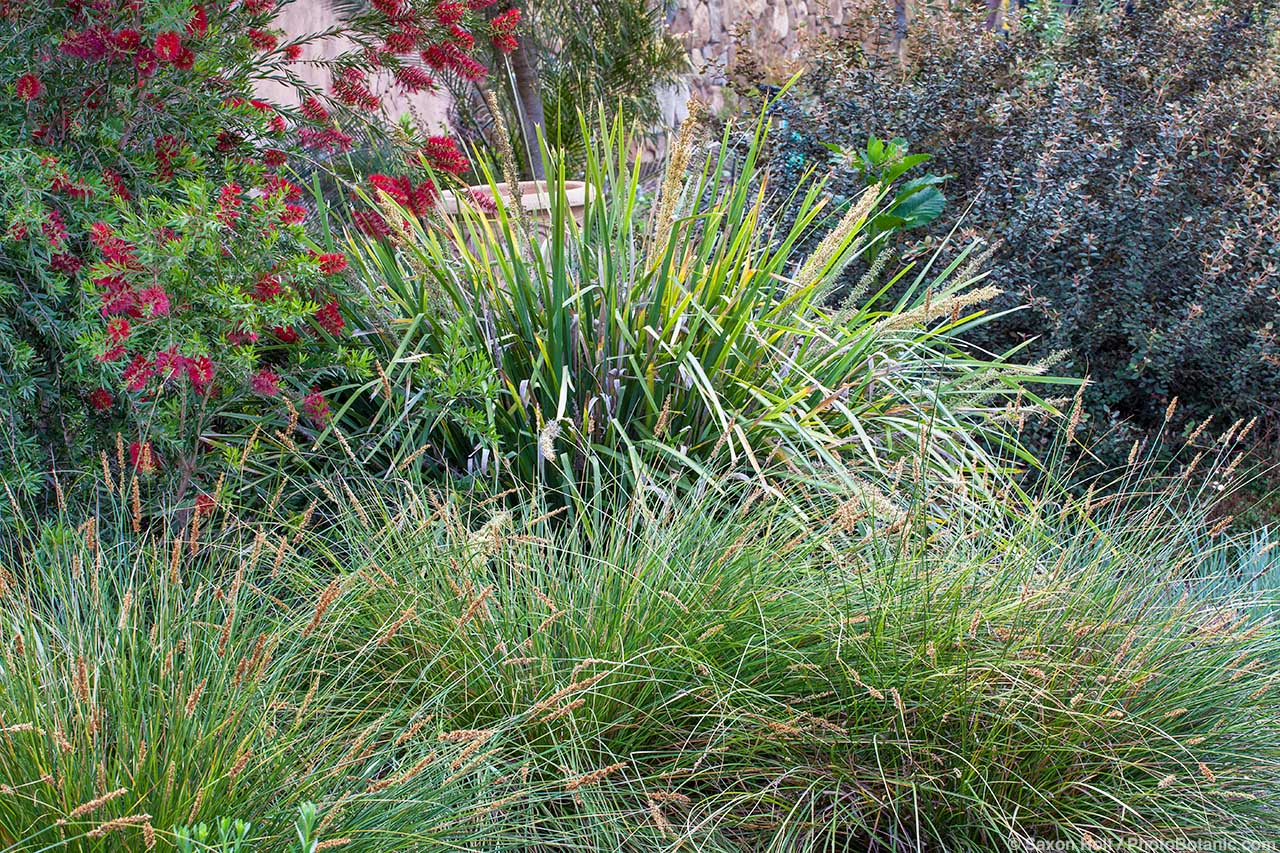
Lomandra hystrix Katie Belles with Carex appressa in foreground
Lomandra fluviatilis, 2-3 feet tall and wider than tall, is native to creek beds and sandy soils along the coast and in coastal mountains of eastern New South Wales. This species is usually available as Shara (‘AU807’), a little over a foot tall and 2 feet wide, with exceptionally fine, slightly bluish or grayish green leaves and spring flowers on arching stems above and all around the symmetrical clump of foliage. With its narrow flower spikes neatly arrayed on a compact form, Shara is the lomandra that looks most like a native Pacific coast bunchgrass to me.
Lomandra confertifolia is smaller, slower growing, and more delicate than L. longifolia, L. hystrix, and L. fluviatilis, and it is usually found in part shade or afternoon shade and in well-drained soils. The species is native along the coast or in coastal mountains of southeastern Queensland and New South Wales. Its cultivars tend to need more shade and more water, especially in hot-summer climates, and can be easily overrun by more vigorous plants and weeds.
Pacific Sky (‘LM700’), a selection of Lomandra confertifolia subspecies rubiginosa, is 18 inches tall and 2 feet wide with fine-textured, dark bluish gray-green leaves and yellow-orange flowers partly hidden among the foliage. Seascape, another subspecies rubiginosa selection, is similar but with a more weeping habit. ‘Pom Pom’ (Shorty), a selection of subspecies pallida, is 18 inches tall and 2-3 feet wide with narrow, lime green leaves and creamy yellow flowers well hidden within the foliage.


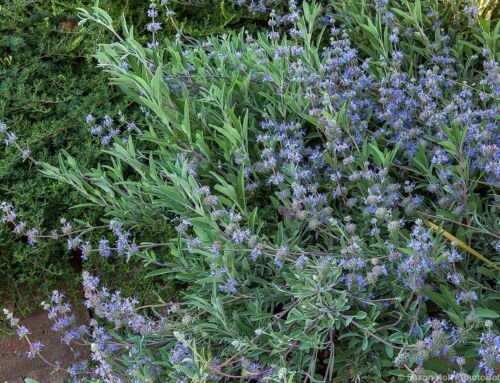
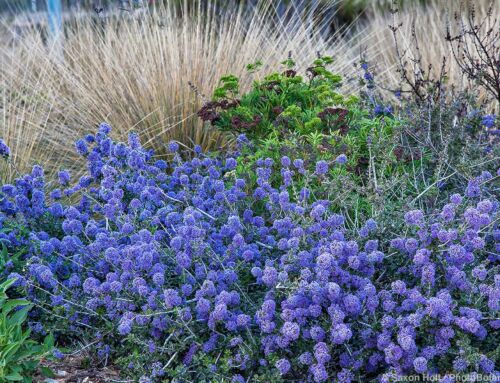
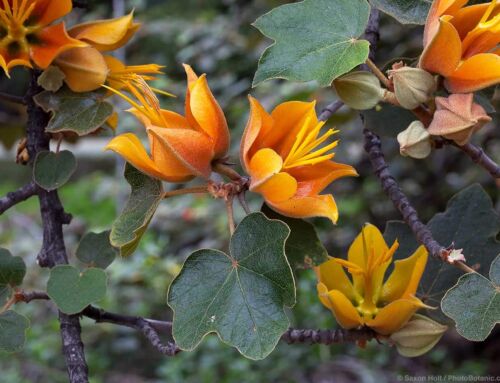
Leave A Comment